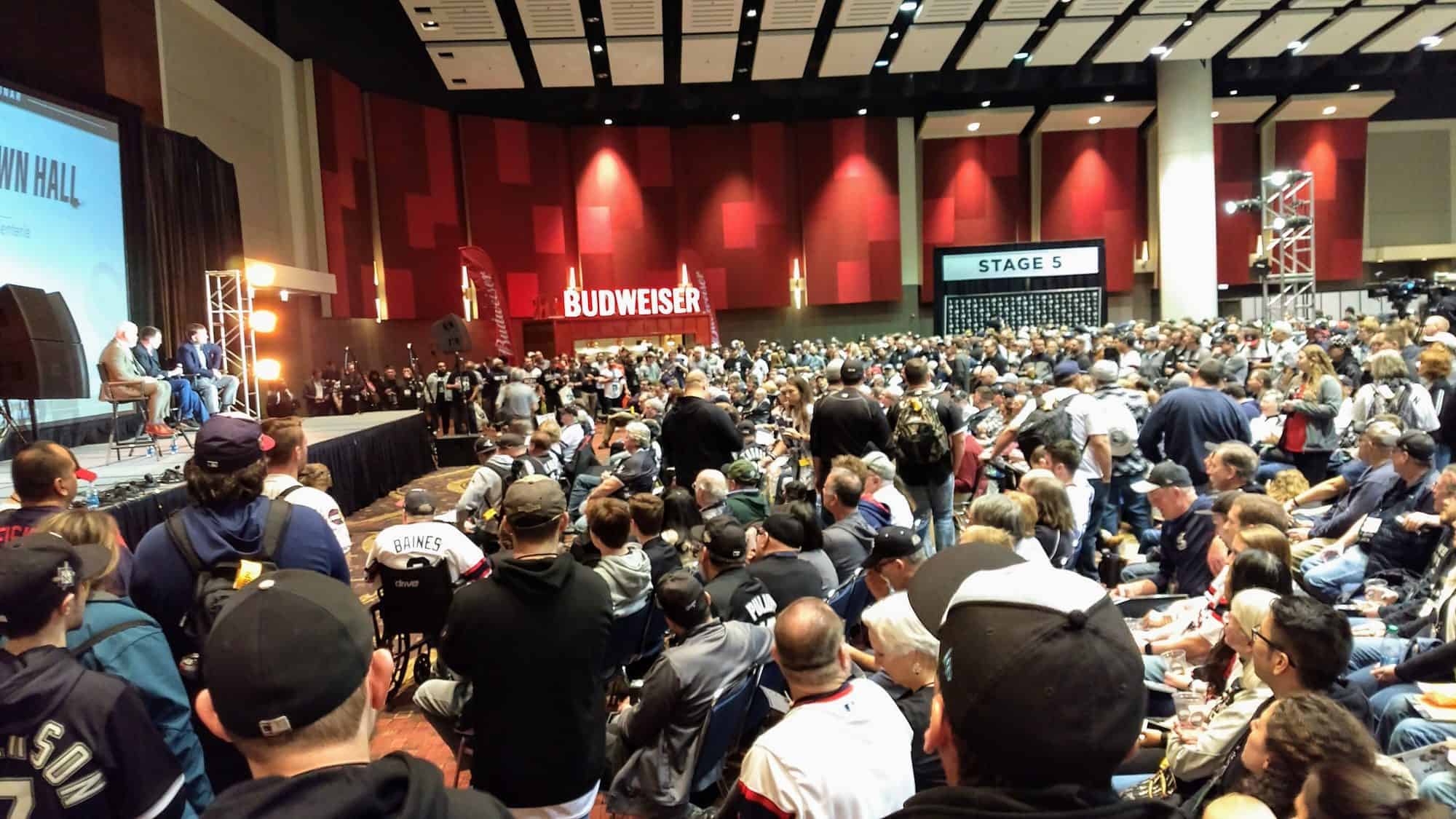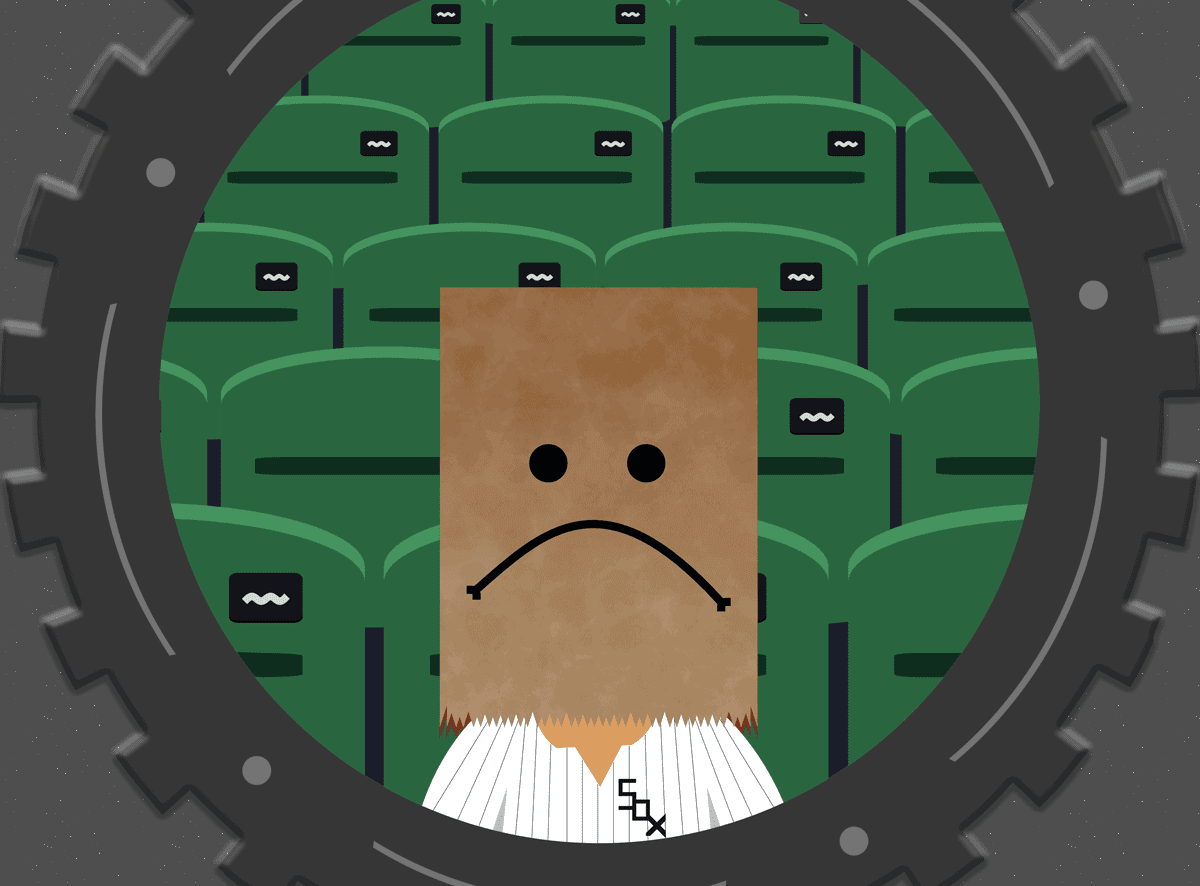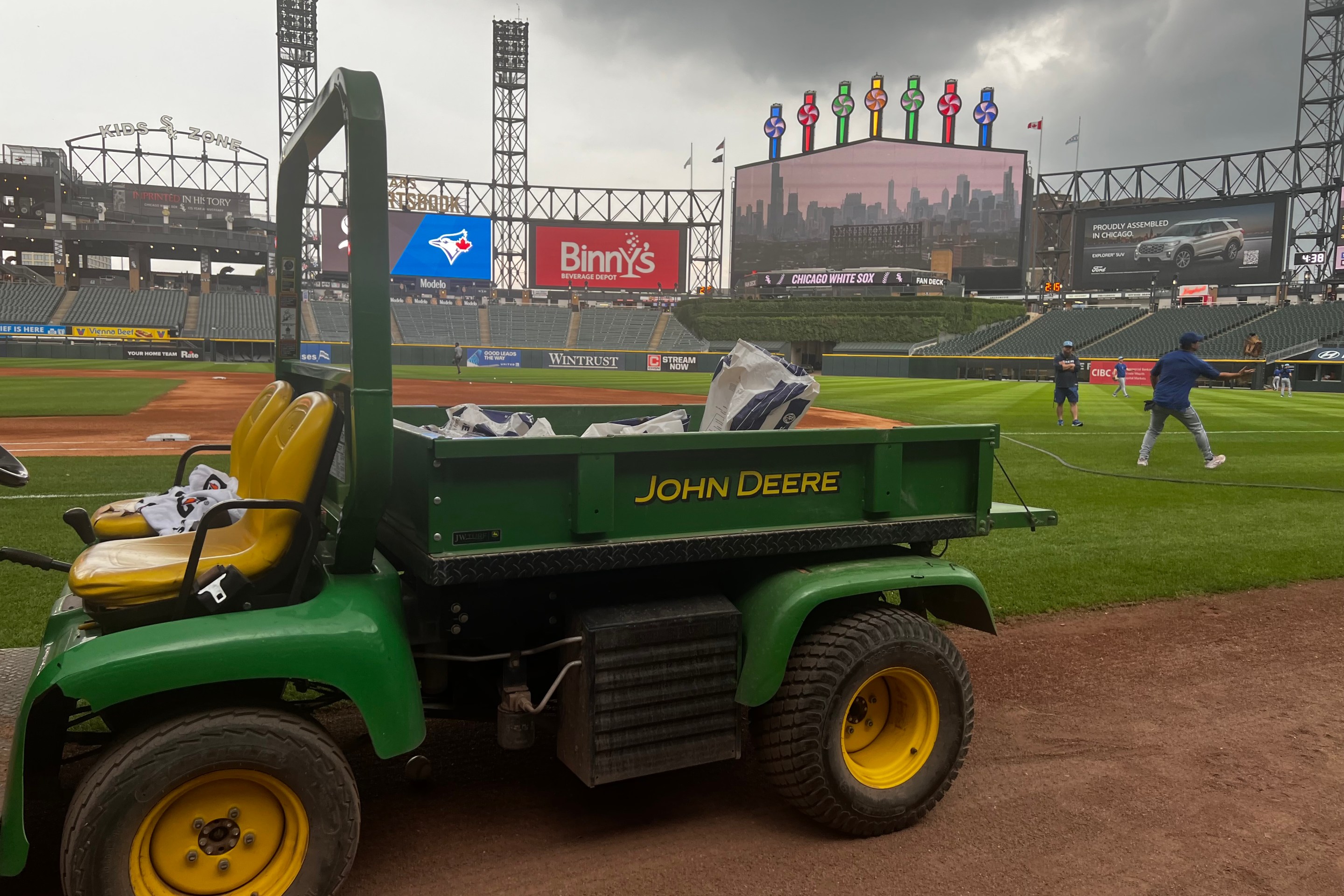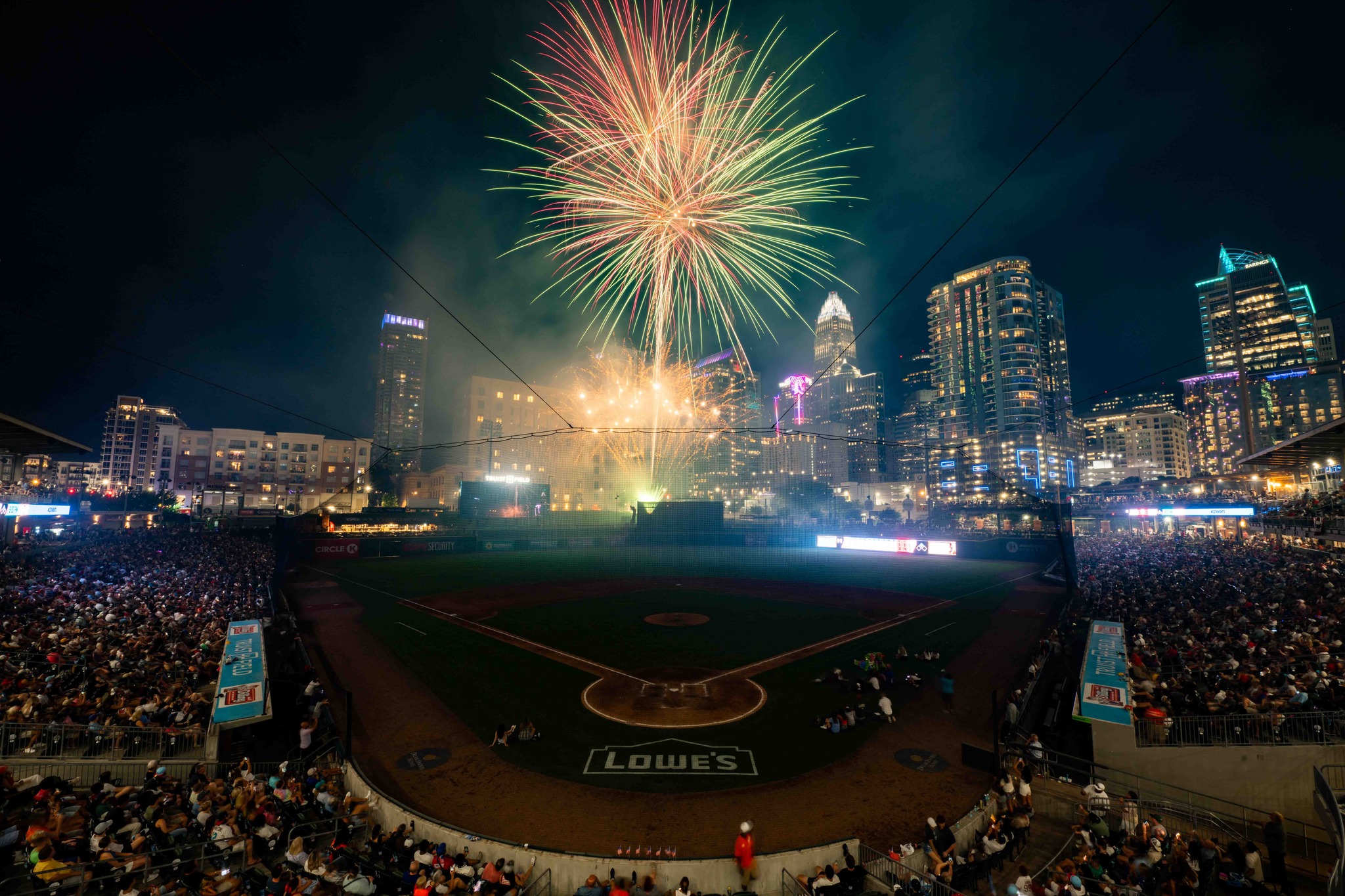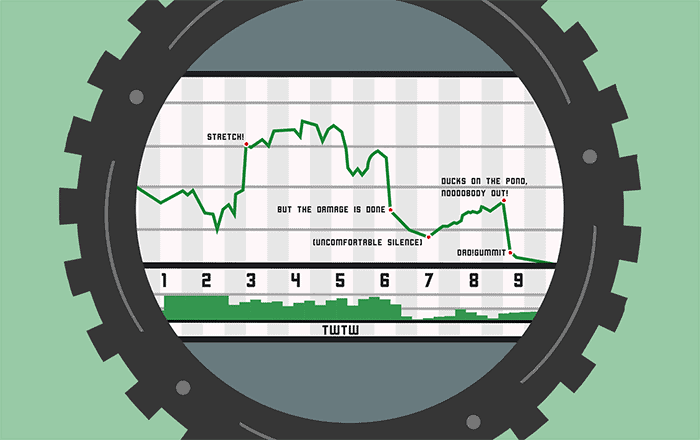While this winter's spending has been unprecedented, the pace used to be normal. You only have to go back to the mid-2010s to remember when all the biggest names could be counted upon to sign before the new year, with the Scott Boras hard-ball straggler the exception.
Signings started slowing to a crawl, partially because of the widespread adoption of analytics, and the greater appreciation of aging curves, but also because of some turbulent CBA negotiations with a world-rattling pandemic thrown in for good measure.
Most of those economic issues have been resolved, or at least stiff-armed, and owners like Steve Cohen and Peter Seidler have forced the rest of the league to respond to their market-setting aggression. Consequently, it's the day after Christmas, and nearly all the top 30 free agents are spoken for, even accounting for the uncertainty surrounding Carlos Correa.
As for the White Sox, they still have to announce the Andrew Benintendi, and now that Christmas has come and gone, perhaps everybody can get together to give the largest guaranteed contract in franchise history the proper treatment. There doesn't look to be another significant free agent addition looming beyond that.
Trades remain possible, especially if the fun, old-fashioned Toronto-Arizona deal hints at more deals that seek to aggressively address a need for a need. While I think it makes sense for the White Sox to explore trades involving Liam Hendriks or Kendall Graveman, it wouldn't surprise me if they carried their current roster into the regular season, more or less.
There'll be some news here and there. The international signing period opens on Jan. 15, and the White Sox usually announce their list of non-roster invitees a week later, with the player development roster to follow. Alas, there's no SoxFest, which always used to fill a week at the deadest part of the winter.
I may have to exercise some muscles I haven't used in a while if I can't count on significant breaking news between now and February. As somebody in the content game, I didn't mind the slow flow of rumors, because I didn't have to dig deep into the bag of ideas to find something that would make people come to the site. As a baseball fan, I like when the free agents fly off the board, because it seems healthier when good players are appreciated for their talents, and teams act aggressively to improve their chances.
But as we ramp back up after Christmas, I'm curious how those who don't have to worry about story ideas prefer to see the offseason unfold. Share your thoughts below, starting with the poll.
